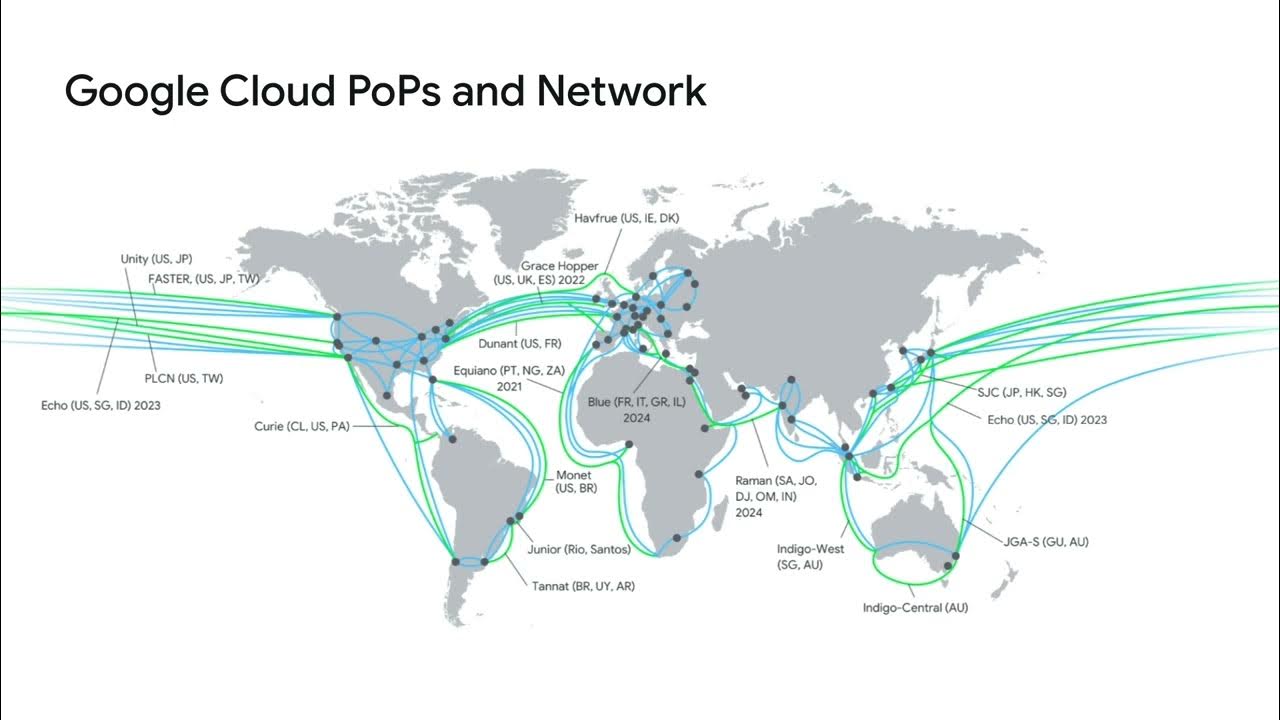Software Defined Networking - CompTIA A+ 220-1101 - 2.2
Summary
TLDRThe video script delves into the transformation of networking with the emergence of cloud computing, highlighting the shift from physical to virtualized infrastructure through Software Defined Networking (SDN). It explains the three key layers of SDN: the data plane for packet forwarding, the control plane for routing and translation tables, and the management plane for device access via APIs. The script illustrates how SDN modularizes networking components, enabling flexible and scalable cloud-based network deployments.
Takeaways
- 🌐 The script discusses the impact of cloud computing on networking, emphasizing the shift from physical to virtualized cloud-based infrastructure.
- 🛠️ Software Defined Networking (SDN) is introduced as a method to adapt real-world networking platforms for use in the cloud environment.
- 🔄 SDN involves the transformation of physical networking devices like switches, routers, and firewalls into software-based platforms.
- 📚 The script explains the concept of separating the functions of networking devices into three distinct layers: the infrastructure layer, the control layer, and the management layer.
- 🔄 The infrastructure layer, or data plane, is responsible for packet-level operations such as forwarding, trunking, encrypting, and network address translation.
- 🗺️ The control layer, or control plane, contains routing protocols and forwarding tables that direct traffic flow within the network.
- 🔌 The management layer, or management plane, is where the network devices are accessed and managed, typically through APIs or graphical interfaces.
- 🔧 SDN allows for modular and flexible network infrastructure, enabling the creation of new devices and the extension of capabilities across devices.
- 🔀 Communication between devices in SDN occurs at the data plane, while dynamic routing and table management happen at the control plane.
- 🛡️ The management plane is accessed for device control through secure methods like SSH, SNMP, or APIs, facilitating centralized network management.
- 📈 The script highlights the benefits of SDN in creating a modular architecture that simplifies the deployment and management of network devices in cloud infrastructures.
Q & A
What is the primary change that cloud computing brings to networking?
-Cloud computing changes networking by eliminating the need for physical routers, switches, and other infrastructure devices, moving towards a virtualized, cloud-based approach.
What is Software Defined Networking (SDN)?
-Software Defined Networking (SDN) is a method where traditional networking devices like switches, routers, and firewalls are transformed into software-based platforms that can be used in the cloud environment.
How does SDN separate the functions of networking devices?
-SDN separates the functions of networking devices into three layers: the infrastructure layer (data plane), the control layer (control plane), and the management layer (management plane).
What is the role of the infrastructure layer in SDN?
-The infrastructure layer, or data plane, is responsible for packet-level operations such as forwarding, trunking, encrypting, and network address translation.
What functions are typically found in the control layer of a networking device?
-The control layer, or control plane, contains dynamic routing protocols, forwarding tables in switches, and network address translation tables in routers.
How is the management plane of a networking device accessed?
-The management plane is accessed via an API or Application Programming Interface, which allows for device management through methods like SSH or graphical interfaces.
How does SDN apply to a physical device like a switch?
-SDN applies to physical devices by creating software versions of the data plane, control plane, and management plane, allowing for the same functionalities in a virtualized environment.
What communication occurs at the data plane level in SDN?
-At the data plane level, communication involves the forwarding of network traffic between different interfaces or devices within the SDN architecture.
What are the common methods to access the management plane in SDN?
-The management plane is commonly accessed through secure shell (SSH), Simple Network Management Protocol (SNMP), or an application programming interface (API).
How does SDN create a modular architecture?
-SDN creates a modular architecture by extending the standard categorizations of data, control, and management planes across multiple networking devices, allowing for flexibility and scalability.
What benefits does SDN offer for deploying network devices in a cloud-based infrastructure?
-SDN offers the benefits of having a software-based version of network devices, enabling easier deployment, management, and scalability within a cloud-based infrastructure.
Outlines

This section is available to paid users only. Please upgrade to access this part.
Upgrade NowMindmap

This section is available to paid users only. Please upgrade to access this part.
Upgrade NowKeywords

This section is available to paid users only. Please upgrade to access this part.
Upgrade NowHighlights

This section is available to paid users only. Please upgrade to access this part.
Upgrade NowTranscripts

This section is available to paid users only. Please upgrade to access this part.
Upgrade Now5.0 / 5 (0 votes)





